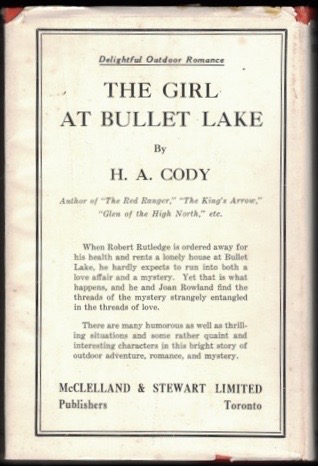Target 2067: Canada’s Second Century
Leonard Bertin
Toronto: Macmillan, 1968
323 pages
Did Target 2067 miss its target? I ask because it has the very appearance of a centennial book, but was published the following year. Author Leonard Bertin was a journalist – ex-Daily Telegraph, ex-Toronto Star – and would've been familiar with deadlines. At time of publication, he was working as a science editor at the University of Toronto. Bertin already had a few books under his belt, most notably
his first, the cleverly-titled, Atom Harvest (1956), described in an advert placed in the March 1958 number of Bulletin of the Atomic Scientists as "the bitter story of how British-American atomic collaboration broke down after the war, leaving Britain with no bombs of its own, no plant or knowhow to build them. Mr. Bertin... tells about Britain's remarkably quick, economical and successful program to acquire without American help both nuclear weapons and effective power reactors."
And so, a happy story.
Take that, you ungrateful Yanks!
Published seven years after The Boys' Book of Engineering Wonders of the World and four years before Noise, Target 2067 is something of a transition. Challenges are recognized, but faith in science and society remain strong. The book's simple intent is to detail the numerous advancements Canadians will enjoy as they approach their country's bicentennial.
It begins with a short work of science fiction, set in 2067, in which a man named John Green visits Toronto’s Sunnybrook Hospital. John's preparing for a new propecting job on Mars, and will be needing his anti-plasmodic shots and a full-scale microchemical check and encephalogram. He writes his name, address and social security number on a card "of the sort fed into computers, with holes punched in it here and there," and places it in a slot. One minute later, his records have been obtained from Ottawa. A woman enters "wearing the white paper coat and skirt of an interne [sic]," looks over yards of "teleparent copy," and performs the necessary tasks.
John leaves Sunnybrook an hour later. Forgoing the "moving pavement," he walks to the Bayview subway and settles in for the fifteen-mile journey to his home. John lives on one of the twenty or so small islands formed by landfill on Lake Ontario. His apartment in Centropolis isn't different much than any other. Located on the 201st storey, roughly half-way up his building, it offers views of Niagara Falls and Port Hope. It's a comfortable place, shared with wife Johanna Green and their unidentified child. The couple's greatest challenge is in keeping fit. Holovision and three-dimensional theatre tempt, as do the hot meals that can be called up by dialling the self-service centre below. How often have the Greens dropped their used plastic plates and cutlery into the garbage chute? Too often, I expect.
Bertin's second Canadian century is one of rapid growth and advancement. By 2067, he expects one hundred million people will live in Ontario alone. In this respect, Canada is no different than any other nation. The global population may reach 15 billion.
How to feed the billions? Fish farms, of course.
What of resources? Nuclear blasting will reveal the true extent of our mineral wealth. And let's not forget that we've only just begun mining the Athabaska tar sands.
Fresh water? Don't give it a second thought.
Pollution? The topic doesn't even feature in the book's index.
Keep sending those plastic plates and cutlery down your 201st-storey garbage chute, Green family.
Remember John’s visit to Sunnybrook? It seems a month prior, during a visit to Cape Kennedy, he'd suffered a bout of appendicitis. Asked by the paper-coated interne how he feels, John answers, "I feel grand... A couple of week’s vacation on the Great Barrier Reef did me a lot of good, but half the population of Ontario seemed to have the same idea. They were all down there scuba fishing."
Yesterday – by which I mean, October 15, 2018 – Bloomburg reported that nearly half the corals of the Great Barrier Reef are now dead.
Ah, but wasn't tomorrow wonderful!
Object: A brightly designed hardcover with jacket by Alan Daniel. I purchased my copy online this past summer from a Niagara Falls, New York, bookseller. Price: C$7.00. The postage and handling was reasonable, but the listing neglected to mention that it is a discard from North York Public Library.
Access: Target 2067 is held by at least thirty-six Canadian libraries, including the Library of Parliament, Library and Archives Canada, the National Science Library, the CMHC Housing Knowledge Centre library, and the Institut National de la Recherche Scientifique library.
Used copies aren't plentiful, but online offerings are cheap, ranging from US$5.47 (Very Good in Good dust jacket) to US$22.00 ("GOOD X-LIB").
Related posts:























































